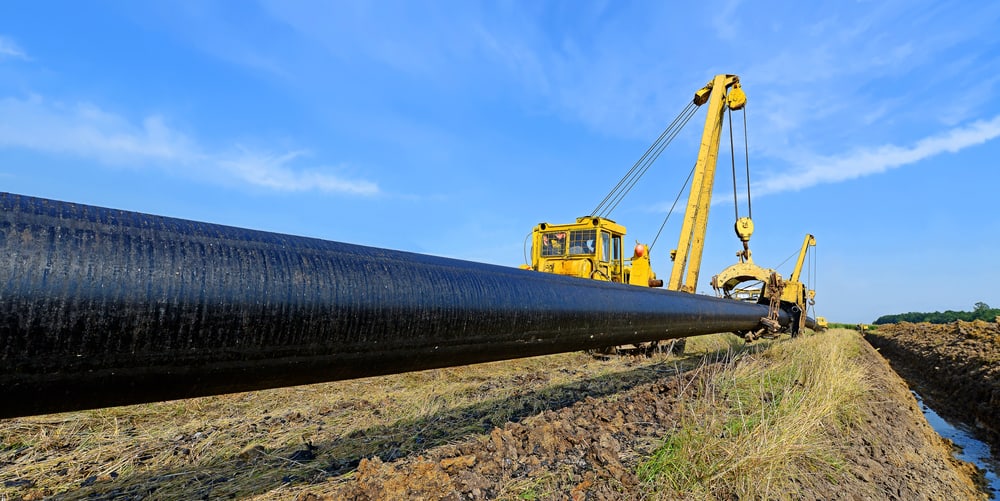Jemena, the contractor for the North East Gas Interconnector (NEGI), has been forced to reduce the pipeline’s diameter after gas developers were recently deterred by the Territory Opposition’s lack of support for onshore drilling.
Jemena won the contract in November 2015 with a plan to build a 14-inch diameter pipeline but now the diameter has been reduced to 12 inches.
In comments published in the Sydney Morning Herald, Jemena’s Head of Business Development, Antoon Booey, said, “There just isn’t enough gas to justify anything bigger than a 12-inch pipeline at this stage.
“When we were awarded the business in November last year we had an expectation there would be more gas available to be transported, but since late last year there’s been a real lack of interest to contract with us for gas transportation agreements.
In early 2016, Northern Territory opposition leader, Michael Gunner announced a moratorium on fraccing within the state to go into effect should his party be elected into power.
Mr Gunner said the moratorium would stay in place until the Labor Government could determine the full implications of hydraulic fracturing.
The proposed moratorium has been heavily criticized by key industry players, including The Australian Petroleum Production and Exploration Association (APPEA) due to the impact it would have on projects, including the NEGI pipeline.
NT Chief Minister, Adam Giles expressed his concerns when the moratorium was announced.
“Labor’s ban threatens the $800million gas pipeline to the east coast, and the 900 jobs it will create by robbing the pipeline of gas it needs to be viable.”
Mr Booey said it was hard to say how much Labor’s support for a moratorium on fraccing caused gas developers to be reluctant to to commit to using the pipeline.
Mr Booey said gas developers “need to get their act together and start producing enough gas” for the pipeline, but Jemena is still confident of its success in the long term.
“It’s the first step of what we hope will be a much larger pipeline eventually, and one that connects the Northern Territory right through to the east coast.
“In terms of development for northern Australia, the bottleneck won’t be the size of this pipeline, the bottleneck will be the rate at which upstream developers can produce gas,” said Mr Booey.
The order for the pipeline was made with suppliers on April 1.













